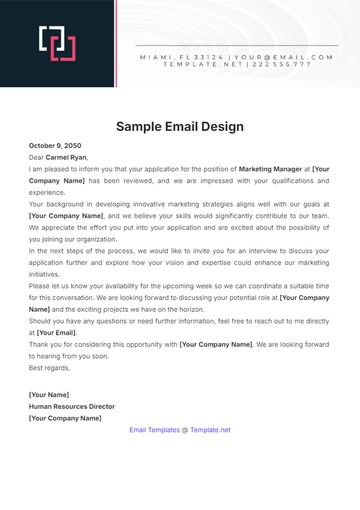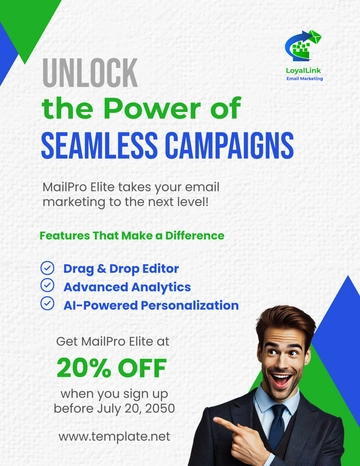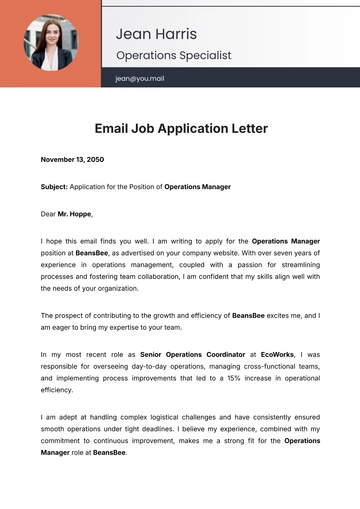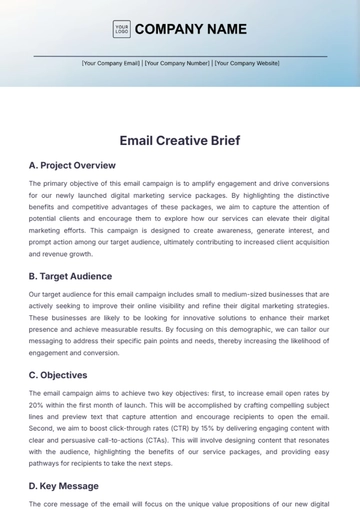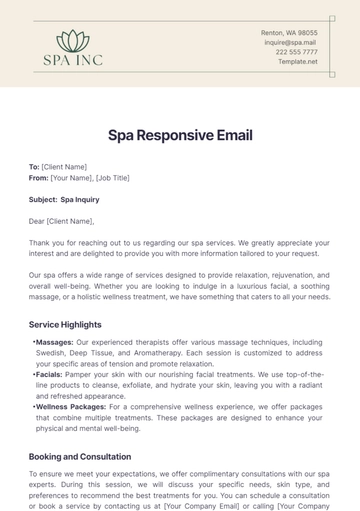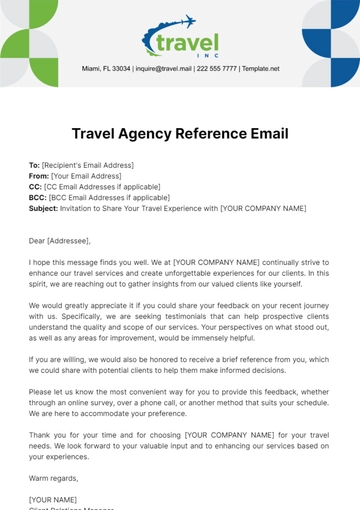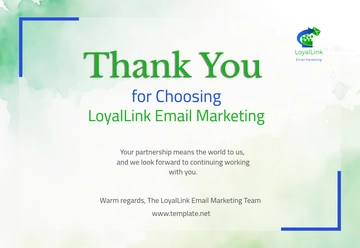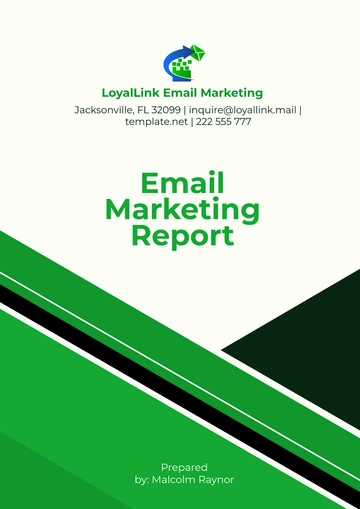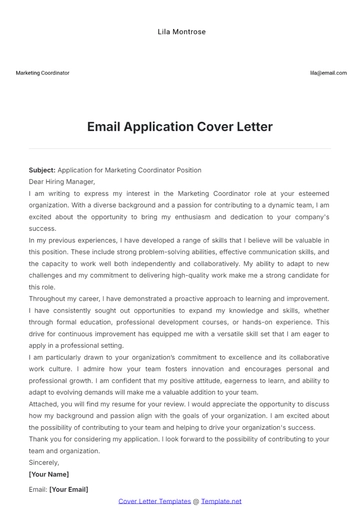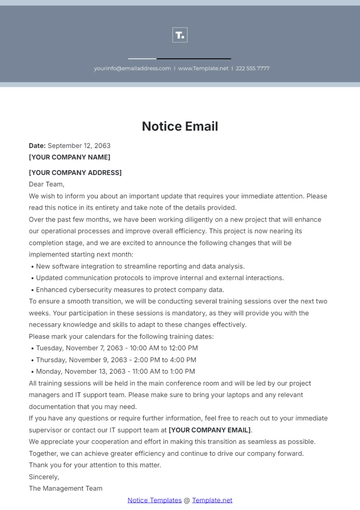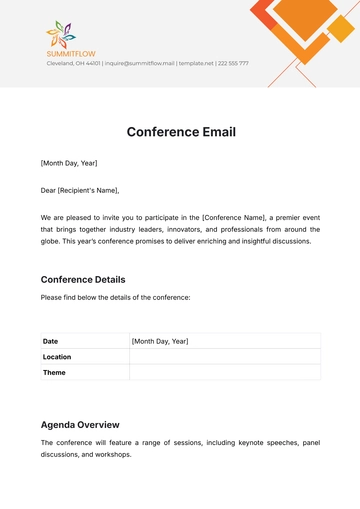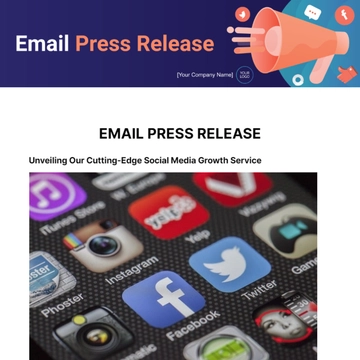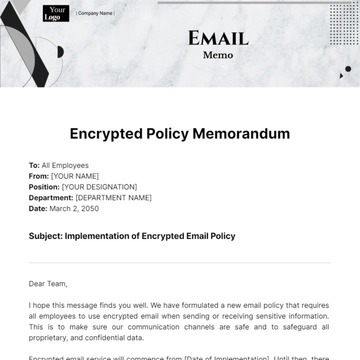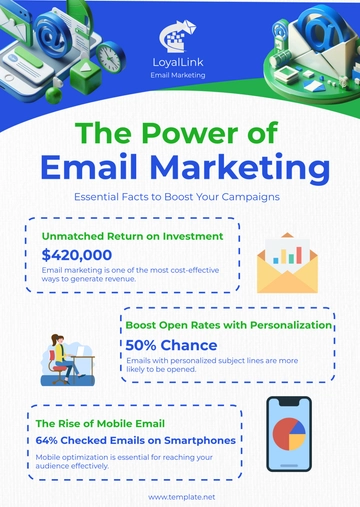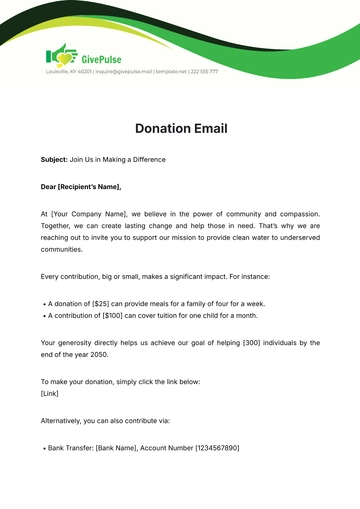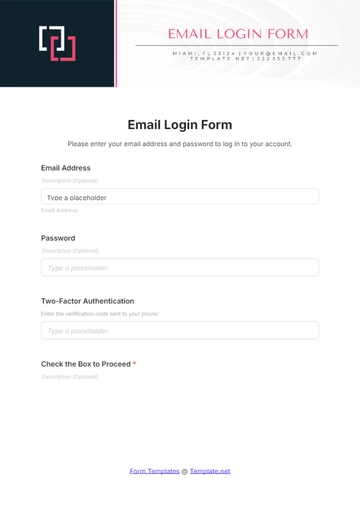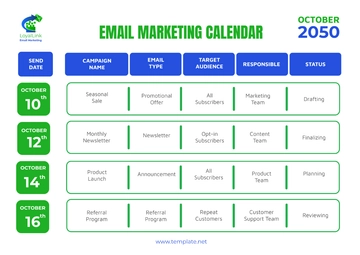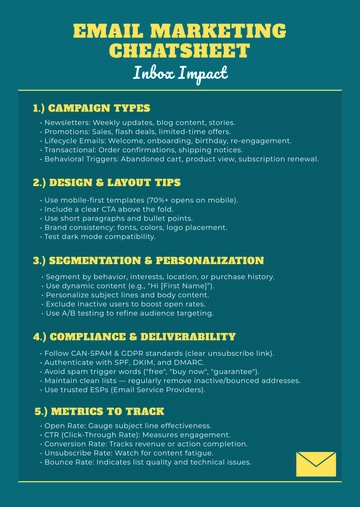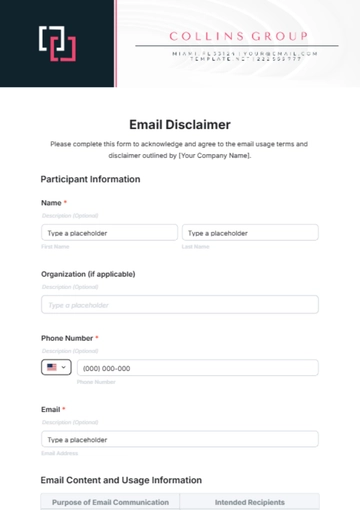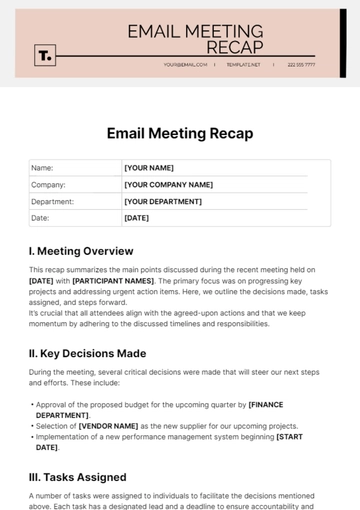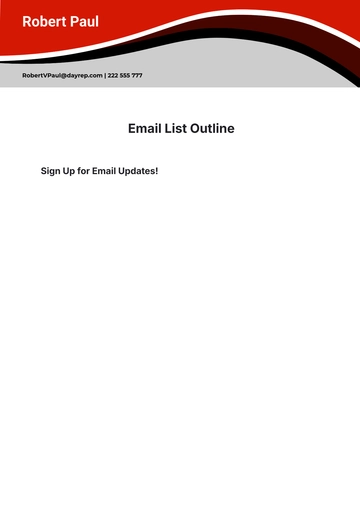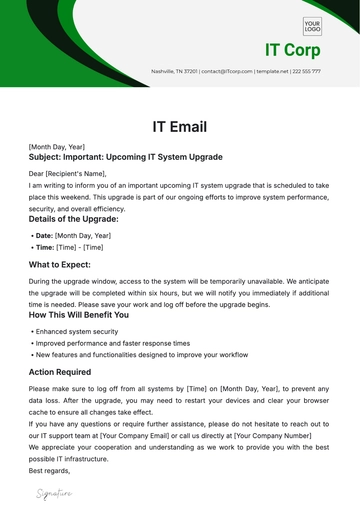Free Email Marketing Guide to Drip Campaigns
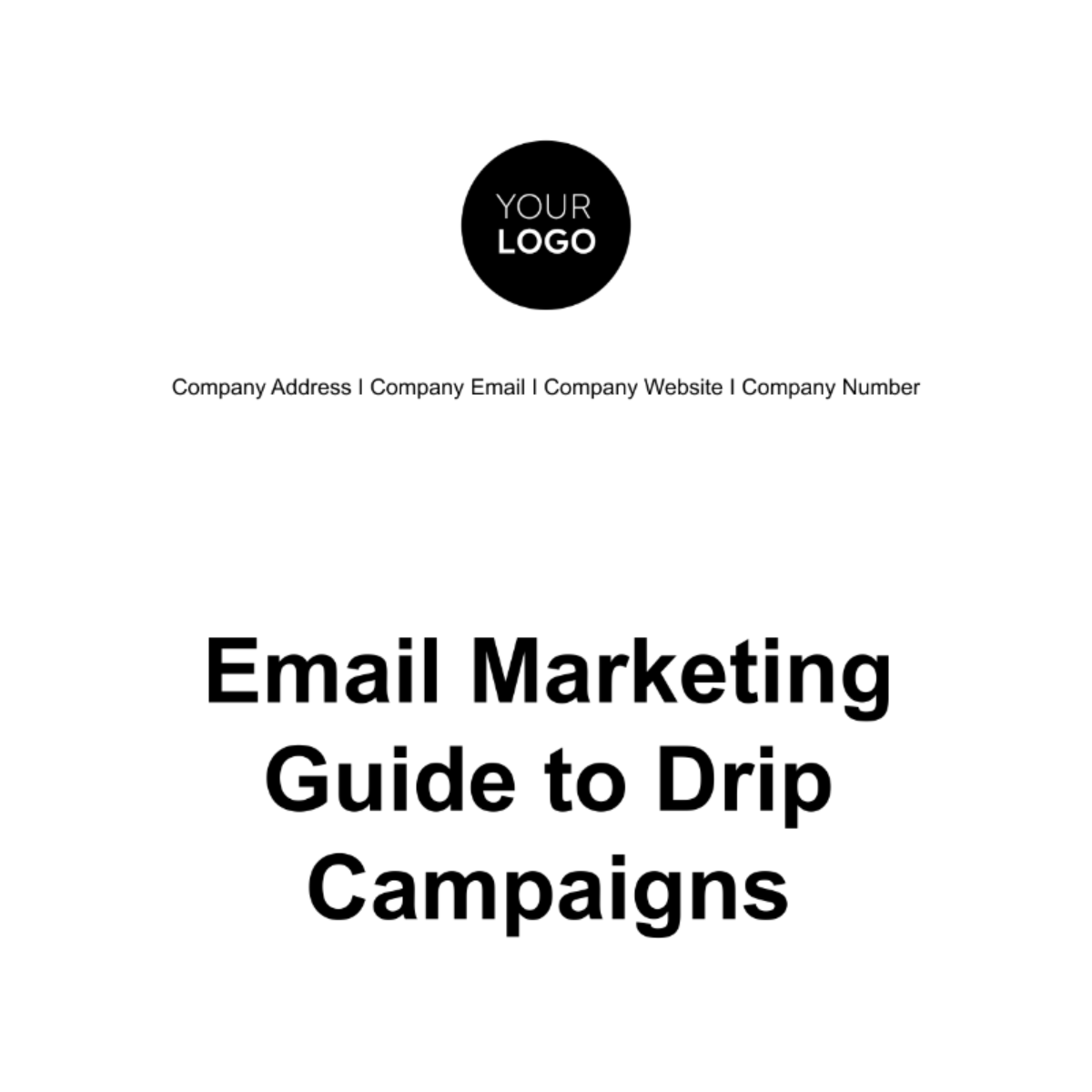
Drip campaigns stand as the cornerstone of a triumphant email marketing strategy, guiding businesses toward forging lasting connections with their audiences. In the pages that follow, we embark on a journey through the core principles, innovative strategies, and time-tested best practices that propel the success of drip campaigns. These campaigns are the art and science of sending meticulously timed, personalized, and automated emails. Their mission is to delicately nurture leads, foster meaningful engagement with customers, and strategically fulfill unique marketing objectives.
Introducing the art and science of drip campaigns is more than just a mere prelude; it is your passport to digital marketing excellence. As we delve deeper into this guide, you'll uncover the intricate mechanisms that fuel successful drip campaigns, gain invaluable insights into strategic planning, and wield the creative power to captivate and convert your audience. Drip campaigns are your secret weapon in the realm of email marketing, allowing you to establish a profound and enduring connection with your subscribers.
Brace yourself for an illuminating journey through the inner workings of drip campaigns. With a comprehensive understanding of their significance, we will empower you to harness the full potential of this marketing technique to drive success in your business endeavors. In the pages to come, you will discover how to create, optimize, and analyze drip campaigns that resonate with your audience and deliver exceptional results. It's time to embark on this expedition into the world of drip campaigns, where the fusion of strategy and creativity paves the path to unrivaled success in email marketing.
1. Setting Campaign Objectives
Defining your campaign objectives is the compass that guides the ship of your email marketing drip campaign strategy. It's not just about sending a series of emails; it's about sending the right emails to the right people for the right reasons. Here's how to create a robust foundation for your drip campaign:
Be Specific: Clearly articulate what you want to achieve. Instead of a vague goal like "increase sales," aim for a more precise target such as "increase sales by 15% within three months."
Audience-Centric Goals: Consider the needs and preferences of your audience. Are you trying to nurture leads into customers? Or perhaps you're focused on onboarding new users and guiding them through your product or service? It could also be about re-engaging inactive subscribers and revitalizing their interests.
SMART Goals: Ensure your objectives are SMART (Specific, Measurable, Achievable, Relevant, and Time-bound). This approach will enable you to track progress and measure success effectively.
Alignment with Business Goals: Your campaign objectives should align with broader business objectives. For instance, if your company's goal is to expand market share, your campaign could aim to capture a specific percentage of the market within a set timeframe.
2. Segmenting Your Audience
Segmenting your email audience is not just a helpful tactic; it's the bedrock upon which effective drip campaigns are built. In a world where personalization is key, dividing your email list into distinct segments is the strategic move that sets the stage for exceptional engagement and conversion rates.
2.1 Why Segment?
Demographics: Start by dissecting your audience based on demographic information such as age, location, gender, and job title. Understanding who your recipients are helps tailor your messages effectively. For instance, a clothing brand can segment its audience into categories like "Men," "Women," and "Kids."
Behavior: Your audience's behavior is a treasure trove of insights. Analyze how subscribers interact with your emails and website. Segment your list into categories like "Frequent Shoppers," "Window Shoppers," and "Cart Abandoners." Each group requires different messaging and incentives.
Preferences: Knowing your audience's preferences is like having a secret recipe for success. Collect data on what types of content they prefer, whether it's informative blog articles, promotional offers, or product updates. By segmenting based on preferences, you can ensure your recipients receive content they value.
2.2 Examples of Segmentation
Let's take a closer look at how segmentation can work wonders. Imagine you run an e-commerce business specializing in outdoor gear. Your list can be segmented as follows:
New Subscribers: People who have recently joined your newsletter. Send them a warm welcome and introduce them to your product range.
Active Customers: Those who have made a purchase in the last three months. Reward their loyalty with exclusive offers, early access to new products, or a personalized shopping experience.
At-Risk Customers: Subscribers who haven't engaged with your emails or made a purchase in the last six months. Rekindle their interest with re-engagement campaigns, incentives, or surveys to understand their needs better.
2.3 The Power of Relevance
By segmenting your audience effectively, you can send highly relevant content to each group. Relevant content is more likely to resonate with your recipients, leading to increased open rates, click-through rates, and conversions. Segmentation is not merely about categorizing your subscribers; it's about delivering the right message to the right people at the right time.
3. Crafting Engaging Content
Crafting content that captivates your audience is a cornerstone of successful drip campaigns. Your emails should not just fill inboxes but should spark interest and offer genuine value. Here's how to ensure your content shines:
3.1 Informative, Engaging, and Valuable:
Your content should serve a clear purpose: to inform, engage, or offer value to your audience. Whether you're educating your subscribers on a new product, entertaining them with a delightful story, or persuading them to take action, your emails must be laser-focused on delivering what your audience needs and wants.
3.2 Compelling Subject Lines:
The subject line is your email's first impression, and a captivating one can make all the difference. Craft subject lines that pique curiosity, create urgency or promise solutions. Use A/B testing to refine your subject lines and see which ones resonate most with your audience.
3.3 Engaging Visuals:
A picture is worth a thousand words, and visuals can make your emails more appealing. Incorporate eye-catching images, GIFs, and videos that enhance your message. Ensure your visuals are mobile-responsive, as a significant portion of your audience will be viewing emails on smartphones.
3.4 Persuasive Copy:
The heart of your email lies in the copy. Write in a clear, concise, and persuasive manner. Use storytelling techniques to create a narrative that keeps readers engaged. Highlight the benefits of your product or service and address your audience's pain points. Remember, your email should drive the desired action, whether it's making a purchase, signing up, or sharing your content.
4. Automation and Timing
Automation, the lifeblood of drip campaigns, empowers you to deliver the right message to the right person at the right time. By utilizing specialized email marketing software, you can orchestrate a synchronized symphony of messages that align with your audience's journey. Here's how to master the art of timing:
Welcome Emails: Welcome emails are your digital handshake, setting the tone for the subscriber's journey with your brand. Send these immediately after someone subscribes to create a warm and inviting first impression.
Follow-ups and Behavior-Based Triggers: The beauty of drip campaigns lies in their adaptability. Design your campaign to respond to user behavior. If a subscriber clicks on a particular product or link, this action can trigger a follow-up email with relevant content or product recommendations. For instance, if a user abandons their cart, you can automate a reminder email, potentially offering an incentive to complete the purchase.
Predefined Schedules: For maintaining consistent engagement, rely on predefined schedules for drip emails. This could include sending weekly newsletters, monthly updates, or nurturing sequences that follow a carefully planned timeline. It's like having a virtual marketing assistant who never forgets to follow up with your leads and customers.
5. Monitoring and Analytics
Regularly monitoring and analyzing the performance of your drip campaigns is the compass that guides your email marketing journey. It's essential to delve deeper into the metrics, uncover patterns, and extract actionable insights to fine-tune your campaigns for success.
5.1 Key Metrics Analysis
Your email marketing analytics toolbox should be well-equipped with a range of key performance indicators (KPIs). These include:
Open Rates: This metric reveals how engaging your subject lines and sender name are. A higher open rate indicates that your emails pique the interest of your recipients.
Click-Through Rates (CTR): CTR tells you how effective your email content is in motivating readers to take action. It measures the engagement within the email itself.
Conversion Rates: Tracking conversions is vital because it shows the ultimate goal of your drip campaign - be it sales, sign-ups, or any other action. By understanding conversion rates, you can refine your campaign to better lead recipients to these desired actions.
Unsubscribe Rates: While no one likes to see unsubscribes, this metric is valuable for understanding email fatigue or content issues. It's important to strike a balance between keeping your audience engaged and respecting their preferences.
5.2 Cohort Analysis
To gain a more comprehensive view of your campaigns, consider cohort analysis. Segment your audience into groups based on specific criteria (e.g., sign-up date, location, behavior) and compare their performance over time. This approach can help you identify which segments are most responsive to your emails and fine-tune your targeting strategy.
5.3 Benchmarking
Benchmarking involves comparing your campaign metrics against industry standards or your past performance. This comparison can provide context and help you set realistic goals for improvement.
5.4 A/B Testing Analysis
If you've been conducting A/B tests (as discussed in Page 7), the analytics stage is where you evaluate the results of those experiments. Identify which elements performed best and use that information to optimize your campaigns moving forward.
5.5 Email Client and Device Data
An often overlooked but vital aspect of email analytics is tracking the devices and email clients your recipients use. This information can help you optimize your email design for the most popular platforms, ensuring a seamless user experience.
5.6 Geolocation Insights
Understanding where your recipients are located can be incredibly useful for tailoring content and timing to suit their time zones and local preferences.
5.7 Lifecycle Analysis
Track the journey of subscribers through your drip campaigns and analyze how engagement and conversion rates change over time. This can help you identify when subscribers are most likely to make a purchase or take another desired action.
6. A/B Testing for Optimization
A/B testing is essential to fine-tune your drip campaigns. Experiment with different subject lines, email content, visuals, and call-to-action buttons to determine what resonates best with your audience. Use the results to optimize your campaigns for better results.
7. Personalization Techniques
Personalization can significantly boost the effectiveness of your drip campaigns. Utilize dynamic content, merge tags, and personalized recommendations to make your emails feel tailored to each recipient. Address subscribers by their first names, recommend products based on their browsing history, and provide relevant content.
8. Compliance and Legal Considerations
Ensure your drip campaigns comply with email marketing regulations like CAN-SPAM and GDPR. Provide easy opt-out options and maintain a transparent privacy policy. Keeping your campaigns compliant not only safeguards your reputation but also helps build trust with your audience.
Conclusion and Future Trends
In summary, drip campaigns represent a dynamic and influential facet of your email marketing strategy. Their versatility in nurturing leads, engaging customers, and achieving specific marketing goals cannot be understated. As you've learned throughout this guide, they serve as the lynchpin for delivering personalized, timely, and engaging content. To thrive in the ever-evolving landscape of email marketing, it is imperative to remain vigilant and proactive in the face of advancing technologies and shifting consumer preferences.
The future of drip campaigns holds exciting prospects. Keeping pace with emerging trends is crucial. Interactive emails are gaining momentum, allowing recipients to interact with content directly within the email, be it through surveys, product demos, or integrated quizzes. Artificial intelligence-driven personalization is poised to reach new heights, enabling more in-depth segmentation and adaptive content recommendations that align with individual subscriber preferences. Furthermore, improved data analytics will continue to refine our ability to measure campaign performance and customer behavior, thereby empowering data-driven decision-making.
In closing, drip campaigns are not static entities but living strategies that adapt to the evolving landscape of email marketing. By staying attuned to the emerging trends, harnessing advanced technologies, and being agile in your approach, you can unlock the full potential of drip campaigns and maintain a competitive edge in the ever-changing world of digital marketing.
- 100% Customizable, free editor
- Access 1 Million+ Templates, photo’s & graphics
- Download or share as a template
- Click and replace photos, graphics, text, backgrounds
- Resize, crop, AI write & more
- Access advanced editor
Unlock the potential of drip campaigns with our Email Marketing Guide to Drip Campaigns Template, available on Template.net. Loaded with strategic insights and industry keywords, this editable and customizable resource empowers marketers to craft engaging sequences. Seamlessly optimize your strategies using our AI Editor Tool for unparalleled efficiency and results.


